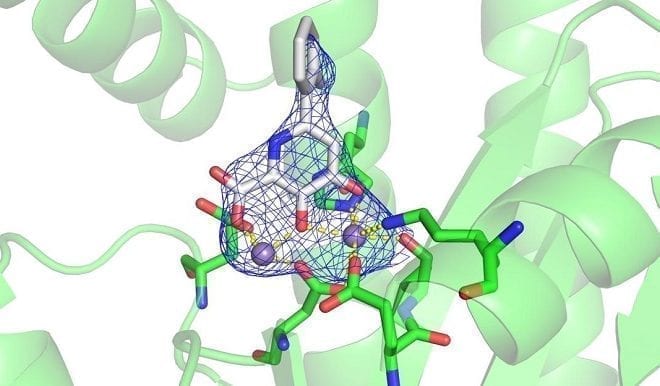 CREDIT: CHRISTINE MORRISON
CREDIT: CHRISTINE MORRISON
Lifestyle
UC San Diego Scientist Makes Breakthrough on Flu Treatment and Prevention
This year’s flu strain has been very aggressive, killing hundreds in San Diego alone. The deadly strain is proof that while the flu vaccine helps to eliminate some risk, it is not 100 percent effective. The CDC attributes such an active season to the presence of a particular strain of the virus, influenza A H3N2. Flu vaccines are less effective against H3 type viruses because these pathogens are more likely than other strains to mutate after the vaccine has been produced. Though most years the vaccine is highly effective at keeping people from contracting the flu, this H3 flaw is prompting scientists to seek more reliable treatments.
This week, a UC San Diego researcher has made a breakthrough, reporting that a tweak to a small-molecule drug shows promise. Seth Cohen, who is at the University of California, San Diego and co-founder of Forge Therapeutics, notes that that one part of all flu strains remains constant across many different versions and mutations of the influenza virus. Any therapies that target this consistency would prove much more effective, even against the H3 type virus.
“This has been a bad flu season with a highly infectious, aggressive strain, and the inoculation does not appear to be working well. It makes the population, particularly the young and the elderly, vulnerable to serious illness or even death from the simple flu,” Seth Cohen, Ph.D., says.
“One of the major targets has been a particular RNA polymerase subunit that the virus uses,” Cohen says. Scientists have reasoned that a drug that could bind to the manganese ions would shut down the protein’s ability to work, leaving the virus unable to reproduce and spread through the body. This could weaken or perhaps completely stop the virus, thereby treating the flu.
Cohen has spent the past two years uncovering how manganese ions bind within the RNA polymerase subunit in order to develop a better drug that would serve as a wrench in the virus’ replication works. The team is hopeful that in the coming months, it will be just as effective when they challenge the whole influenza virus with the molecule.
“This is a medicinal intervention that will slow down the virus if not completely stop it,” Cohen says. “The drug could potentially eliminate the virus on its own or just sufficiently slow its reproduction so that the body can ultimately clear it. It’s like taking an antibiotic for a viral infection.”





0 comments